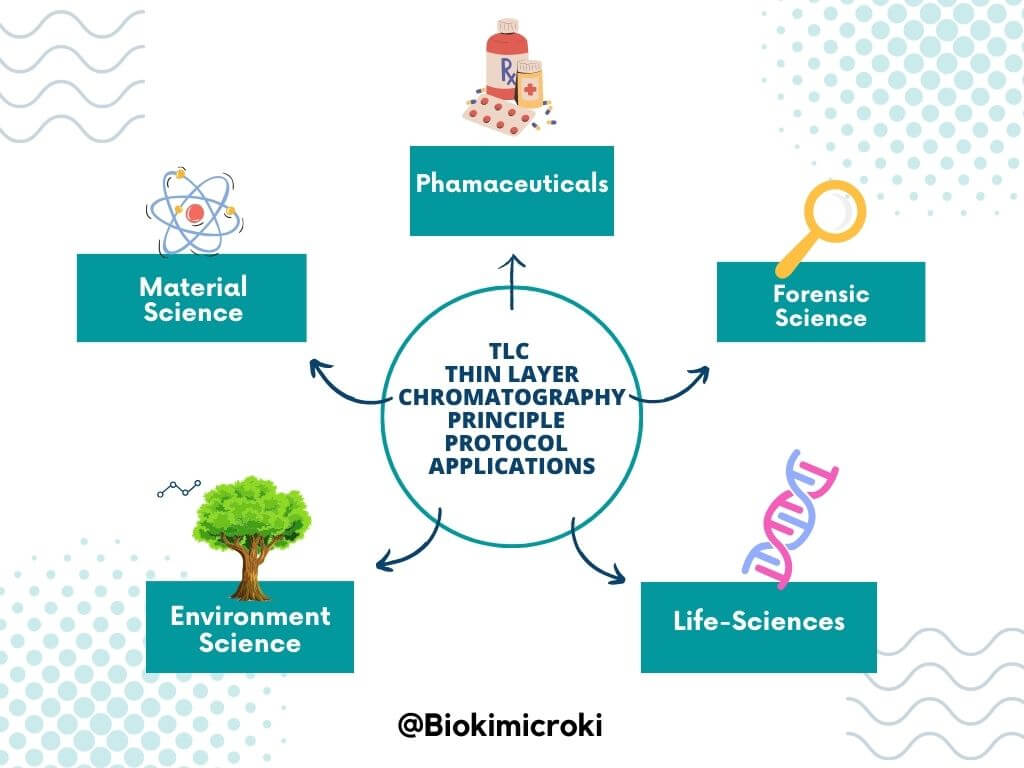Introduction to TLC – Thin Layer Chromatography (TLC) is one of the chromatographic techniques used for isolation, identification and quantification of molecules from complex mixtures.
Category: Lab Protocol
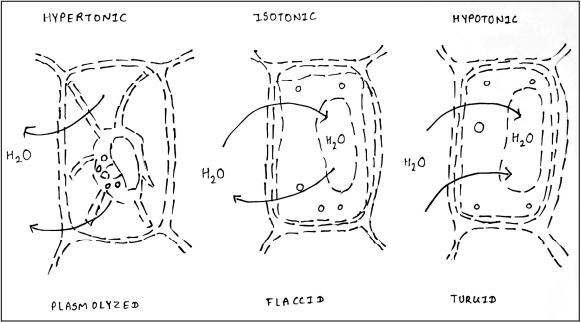
“Plasmolysis term is derived from latin word plasma meaning matrix and lysis means loosening i.e. loosening of cell matrix”. Aim – To study and observe
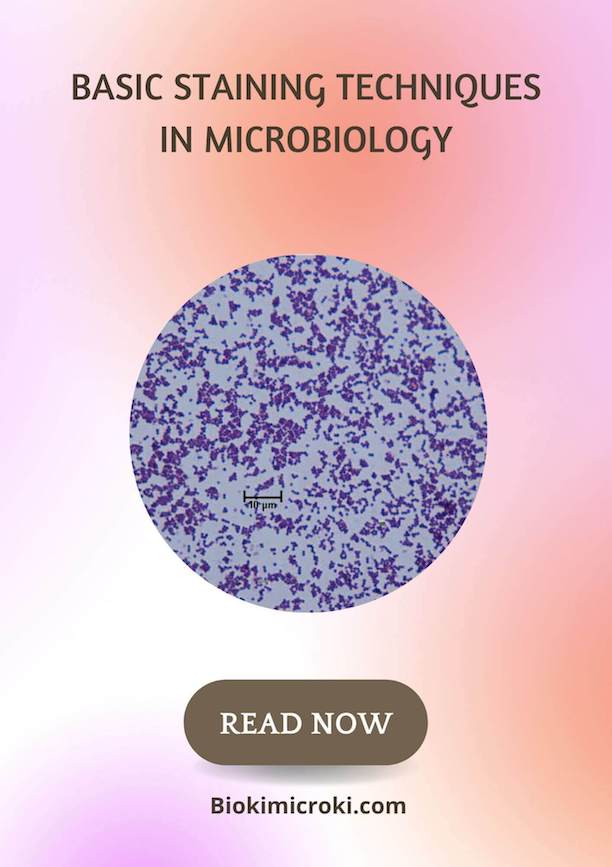
Staining technique is one of the fundamental technique in Microbiology used for observing the microbes under microscopes. The staining technique enhances and bring contrast in
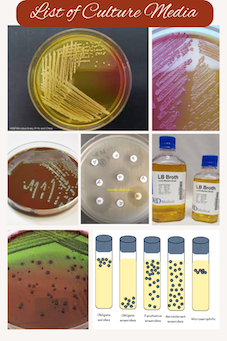
Culture media is a nutrient rich liquid or gel the supports the growth of microorganisms. Microorganisms are omnipresent and grow in variety of habitat and
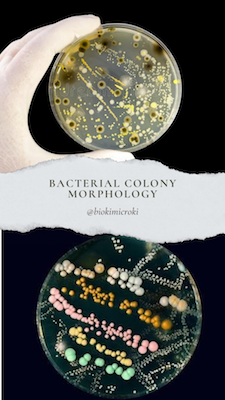
“Bacterial colony morphology is the fundamental step for characterization and identification of bacteria“ In order to study microbes, we grow the bacteria in laboratory. We
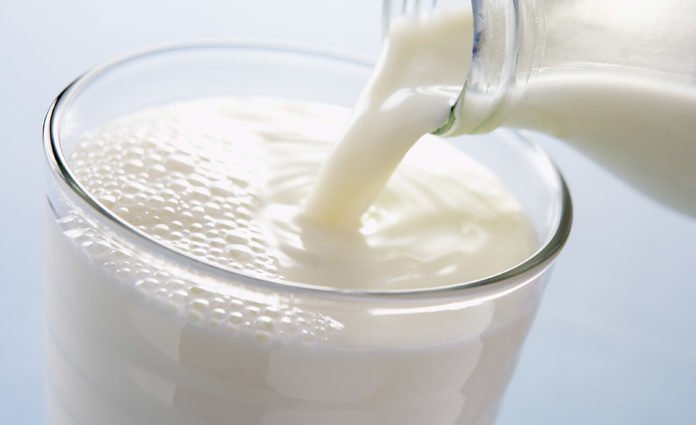
Dye Reduction tests are used to check the microbial load present in the milk sample. It is convenient and quick to use. AIM:- To carryout
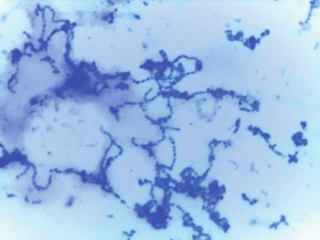
Yogurt is part of our diet from ancient time. It is been produced and consumed from thousand of years. It is obtained from milk. The
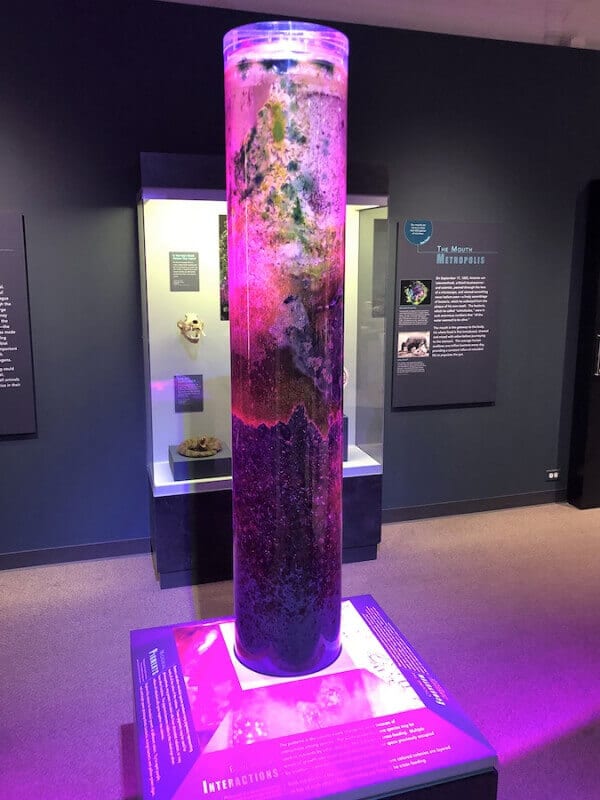
Introduction Winogradsky’s column is used to study cross section of a natural environment in the laboratory. Sergei Winogradsky invented the column in the 1880s. Various

Light is an electromagnetic radiation. It is form of energy that travels in the form of waves. The distance between two consecutive crests is called
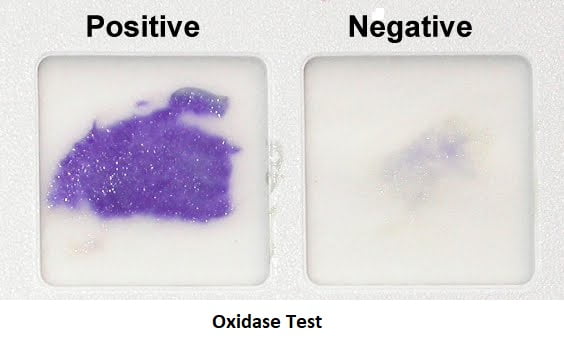
Catalase and Oxidase tests are performed to check whether the given microorganism is aerobic or anaerobic. Oxidase Test – Oxidase test is performed to detect
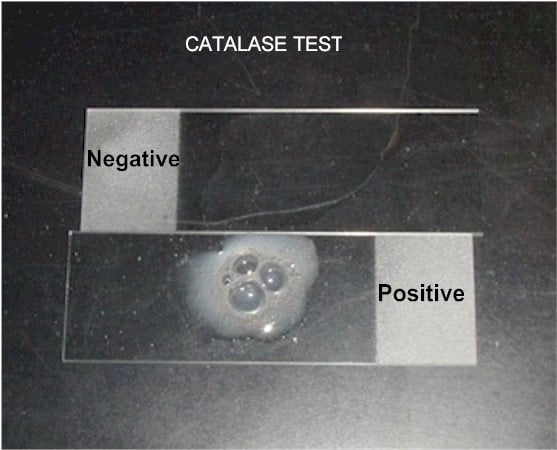
Catalase and Oxidase tests are performed to check whether the given microorganism is aerobic or anaerobic. Catalase Test – The catalase enzyme protects the cell
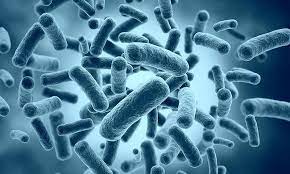
pH indicates the concentration of hydrogen ions (H+) of any solution. The Hydrogen ions are protons hence, it is also the measurement of protons in
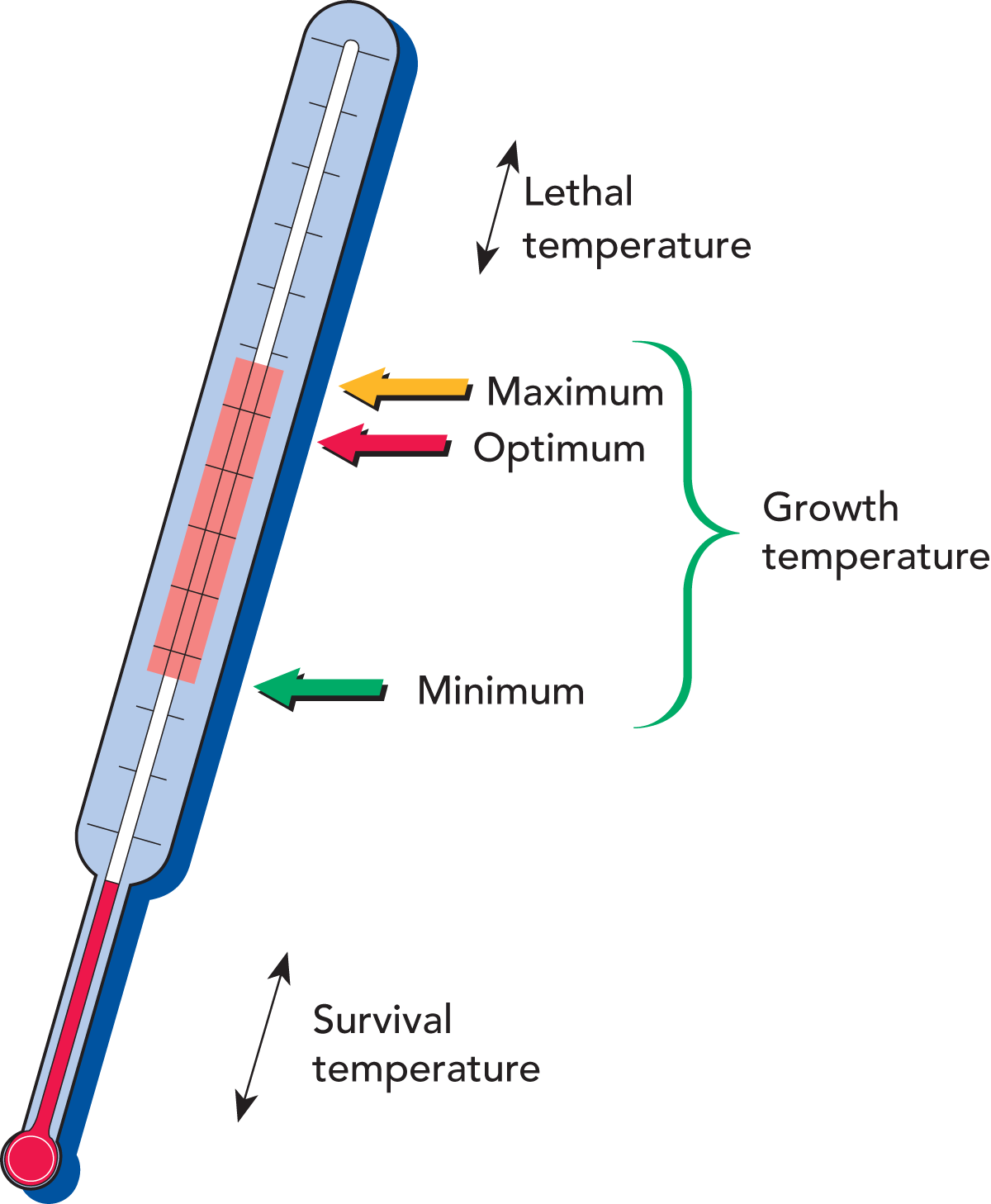
Introduction – Bacterial Growth is affected by nutritional and physical factors. The nutrients means the organic and inorganic material whereas the physical factors means pH,
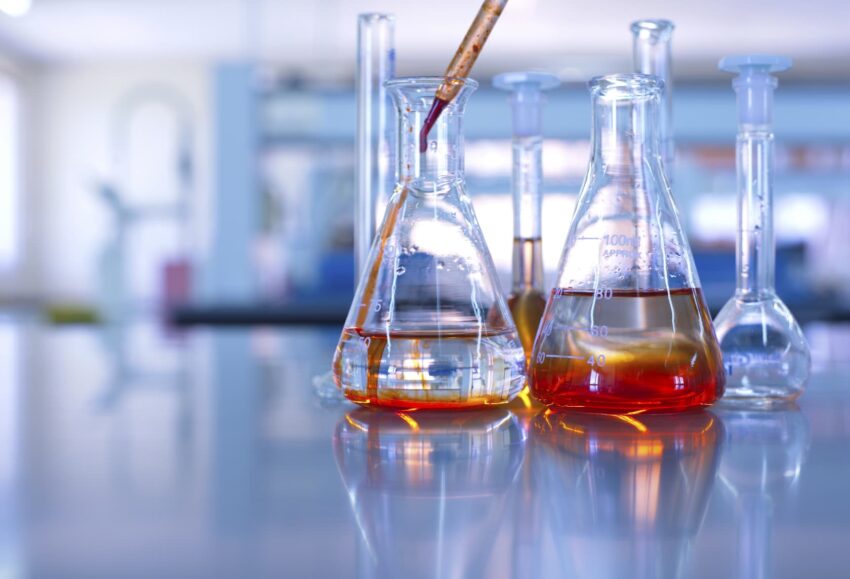
Introduction- While working in lab, we need to prepare different solutions of different concentration. Dilution is defined as the process of decreasing the concentration of
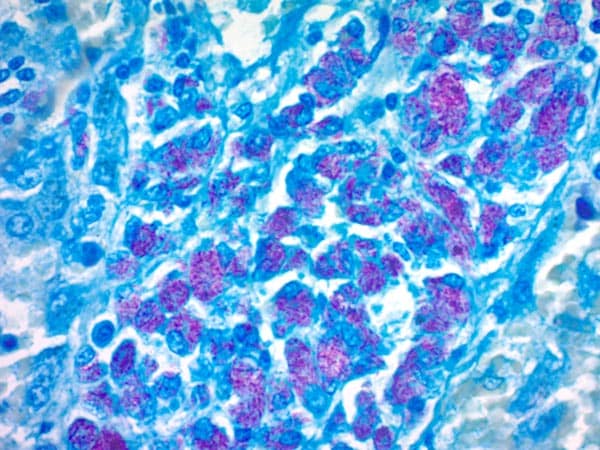
Introduction to Acid Fast Staining- In 1882, Paul Ehrlich developed the Acid Fast Staining technique. Later, Ziehl and Neelson developed it in 1883 and hence
